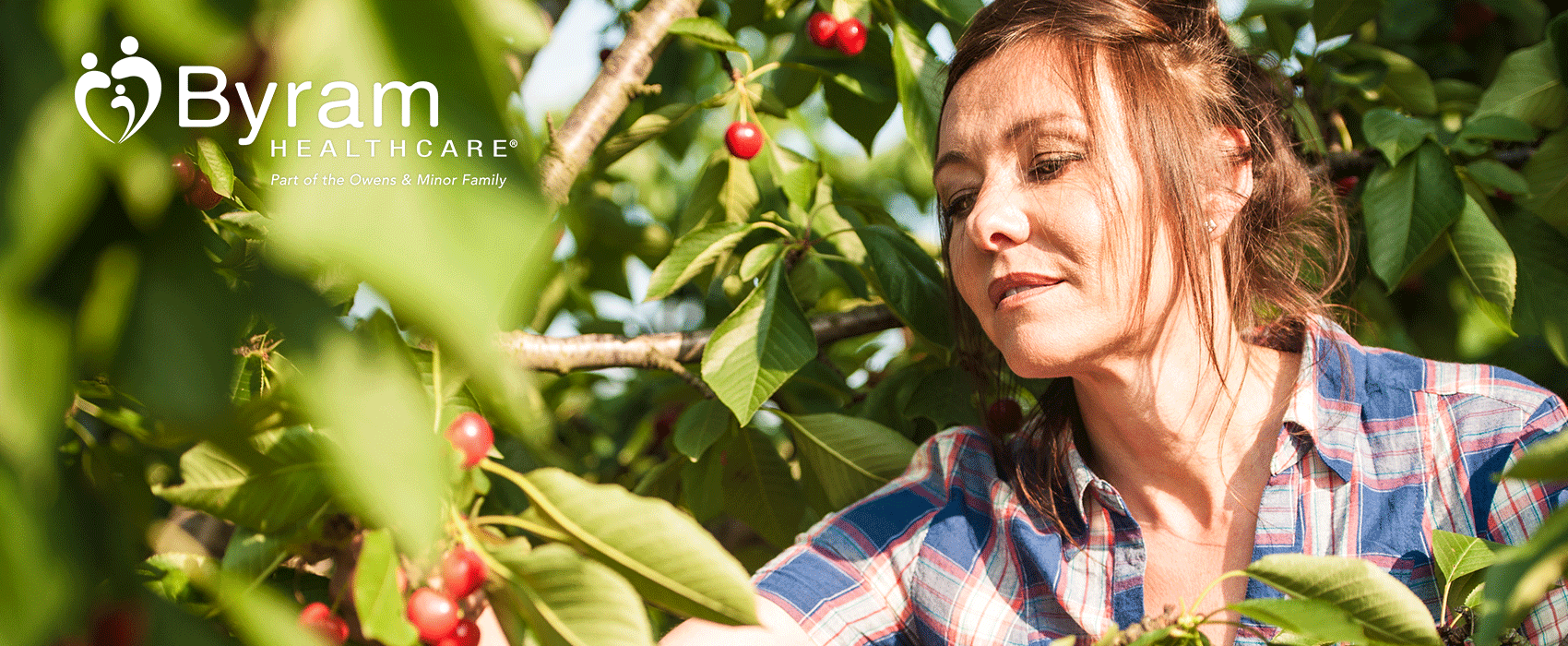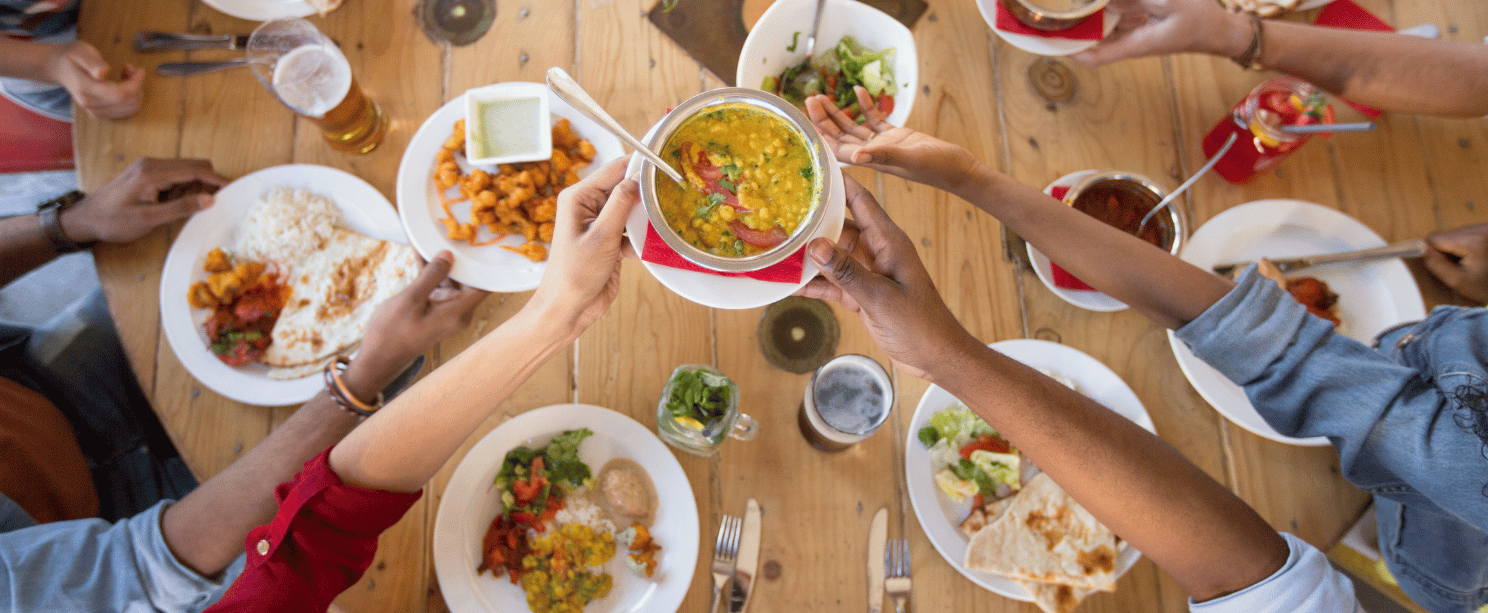
Managing your diabetes doesn’t have to mean restricting yourself from foods that you love. While you should avoid things that are high in excess sugar, processed foods, and trans fats, as long as you’re eating well 80-90% of the time you will be able to manage your diabetes efficiently. To help you keep your diabetes under control, one of the best things you can do is opt for foods that have a low-glycemic index. If you’re looking to satisfy your sweet tooth, here are the top 10 low-glycemic fruits to eat for diabetes management.
Understanding the Glycemic Index
The glycemic index (GI) was developed as a way to help people with diabetes eat healthier and manage their blood sugar levels more efficiently. It’s a tool that gives a score to each type of food based on carbohydrates and how they affect your blood sugar. To better understand GI values and how they affect you, whether you’re living with diabetes or not, it’s important to look at how your body processes carbohydrates.
Carbohydrates are a macronutrient found in foods. There are three primary types of carbs: sugars, starches, and fiber. When consuming something that has carbs, your body begins to break it down for processing and nutrient absorption. Sugars and starches are broken down into glucose, which is what your cells use for energy. Fiber is not broken down and instead, passes through your body. Insulin then helps to transfer glucose from your blood into your cells, so they receive the energy from your food. Glucagon helps to release glucose that’s stored in your liver when your blood sugar is low. This entire process is what helps keeps your body fueled, both inside and out. The thing that sets low-glycemic carbs apart from high-glycemic carbs is how quickly your body digests them and therefore, the speed at which glucose enters your bloodstream.
Foods that have a low GI raise your blood sugar slowly, which is important for healthy diabetes management. Since it’s still a good practice to count your carb intake and eat for nutrition, you should look at meals as a whole when trying to make the best decisions for ongoing health.
There are a number of different factors that can influence the GI of a food or meal. The type of sugar that the food contains is a big factor. Sugar from fruit is processed much differently than artificial sugars. So, make sure you know what kind of sugar you’re consuming when calculating GI. The way a certain starch is structured also affects your body’s ability to digest it. Foods that have amylose are more difficult to digest, thus lowering their GI. Processing carbs changes the structure of the molecules, which raises the GI and adding protein or healthy fat can lower the GI of the meal as a whole.
What is a Low-Glycemic Diet?
A low-glycemic diet is when you’re consuming a majority of foods that have a GI of about 1 to 55. While this might seem difficult, small differences in food make a huge difference. For example, white wheat flour has a much higher GI than whole-wheat flour, but both can be used for bread products and baking. It should be noted that there are some constraints to the GI values, which is why you should also consider the glycemic load (GL). The GL is an indication of how much a certain food will change your blood glucose levels, therefore, it’s useful to look at both when planning your diet.
Some of the best low-glycemic foods include green vegetables, raw carrots, kidney beans, lentils, chickpeas, and many types of fruits. Higher GI foods include white rice, potatoes, and white bread. For healthy meals, try these scrumptious diabetes friendly recipes.
Low-glycemic foods can also help you maintain a healthy weight, control your blood glucose levels more efficiently, lower your cholesterol, and help improve appetite control.
10 Low-Glycemic Fruits to Eat for Diabetes Management
Fruits are a great way to satisfy your sweet tooth in a healthy way. While many fruits have a low GI, some are better than others. To help improve your diabetes management, here are some of the best fruits to incorporate into your diet.
1. Strawberries
All berries are good for people with diabetes as they have lower amounts of sugar than other fruits and lots of fiber. Strawberries have a GI of 41 and have more vitamin C than an entire orange. You can eat strawberries on their own, add them to smoothies or salads, and use them for desserts. Strawberries are rich in antioxidants and can be grown in your garden.
2. Plums
Plums have a GI of 40 and are an excellent source of potassium, copper, magnesium, and vitamins A, C, and K. While plums are filled with antioxidants, they can be hard to find ripe or without bruises. You can alternate fresh plums with prunes, but make sure that you’re mindful of portions.
3. Pears
Pears have a GI of 38 and have over 20% of your recommended daily fiber. They’re great on their own or can be baked into a delicious dessert.
4. Peaches
Peaches are packed with vitamin C and A, iron, potassium, and have a GI of 42. They’re great when eaten alone or can be used to cook a delicious meal. If you’re going to use canned peaches, just be diligent when reading the ingredients and avoid anything that includes added sugar, which will drastically increase the GI.
5. Oranges
Oranges are best known for their high amounts of vitamin C, which contributes to a healthy immune system, but they’re also filled with antioxidants. Oranges have over 170 phytochemicals and more than 60 flavonoids, which act as powerful anti-inflammatory agents. Oranges have a GI of 40 and are a great mid-day snack.
6. Grapes
Grapes are a low-glycemic option and due to the high amounts of skin, they’re packed with fiber. They have a GI of 53 and are an excellent source of vitamin B-6, which is essential for brain function and stabilizing mood.
7. Grapefruit
Grapefruit makes for a perfect on-the-go breakfast. With high amounts of vitamin C and plenty of healthy fiber, they’ll help keep your body healthy and strong by fighting off illness. To enjoy grapefruit’s low GI of 25, it’s important to eat them as is and avoid putting excess sugar on top. If you find them to be too tart, there are plenty of other alternatives to choose from. Before adding grapefruit to your diet, talk to your doctor about potential interactions with any medication you’re currently taking.
8. Dried Apricots
It’s best to avoid too much dried fruit, as they can be packed with carbohydrates. However, when eaten in moderation, dried apricots are a great option as they have a GI of only 32. If you’re able to find fresh apricots, the GI is the same and a portion will likely fill you up more. They’re packed with essential vitamins and minerals like copper, vitamin A and E, and make sweet additions to salad, trail mix, and even pork entrees.
9. Cherries
Cherries have a GI of 20 and a GL of about 6. Not only are they effective in keeping your blood sugar low, but they’re also filled with antioxidants, immune boosting vitamins, and are great for snacking. Since cherries aren’t in season for very long, you can always find a canned alternative. As long as you opt for tart canned cherries with no added sugar, you’ll reap the same benefits.
10. Apples
Apples are one of the most popular fruits and for good reason. They’re filled with fiber that will keep you full yet satisfy your sweet tooth. Apples are also great for balancing your gut microbe and have a GI score of 39.
Diabetes is a chronic, complex disease that affects millions of people around the world. If you’re living with diabetes, your body has a harder time processing sugars and therefore your blood sugar levels can vary in dangerous ways. To make sure you’re eating to help lower your blood sugar, try filling your diet with more low-glycemic foods.
Living with diabetes doesn’t mean that you can’t enjoy what you eat. Just remember that you need to actively monitor your blood glucose levels and opt for healthy, low-glycemic foods more often than not. To help you track your blood sugar levels, Byram Healthcare can provide you with the latest technology in diabetes management, including continuous glucose monitoring. For more information and added support on diabetes management, sign up for Byram Healthcare’s Caring Touch At Home™ Program.
If you have questions about managing your diabetes or using your products, get in touch with Byram’s Diabetes Center of Excellence today.




